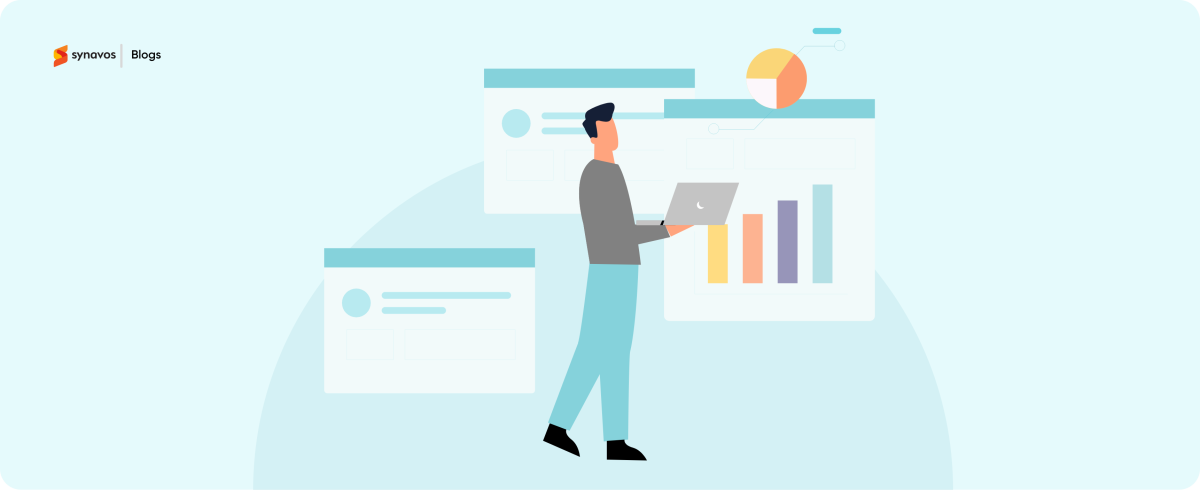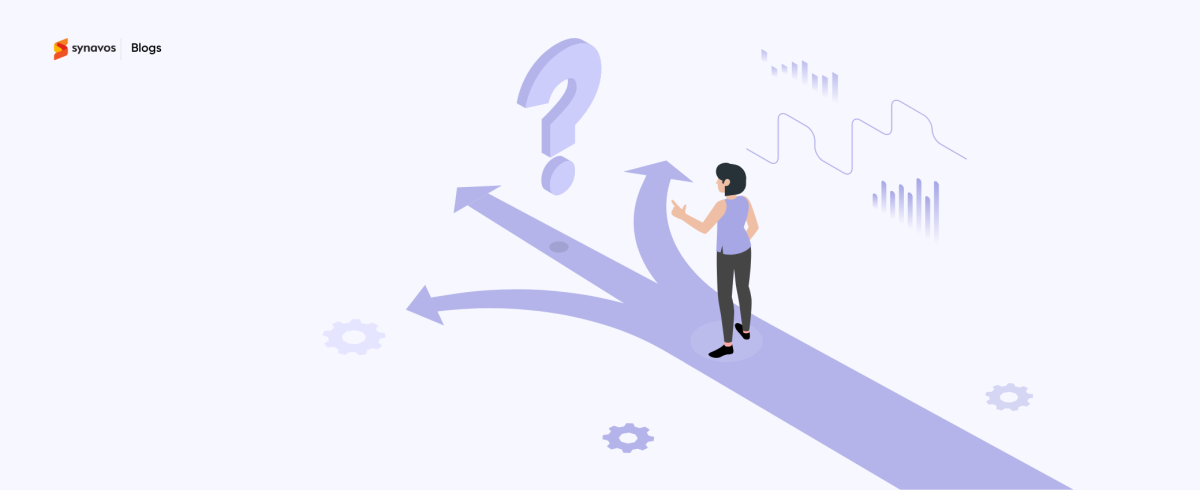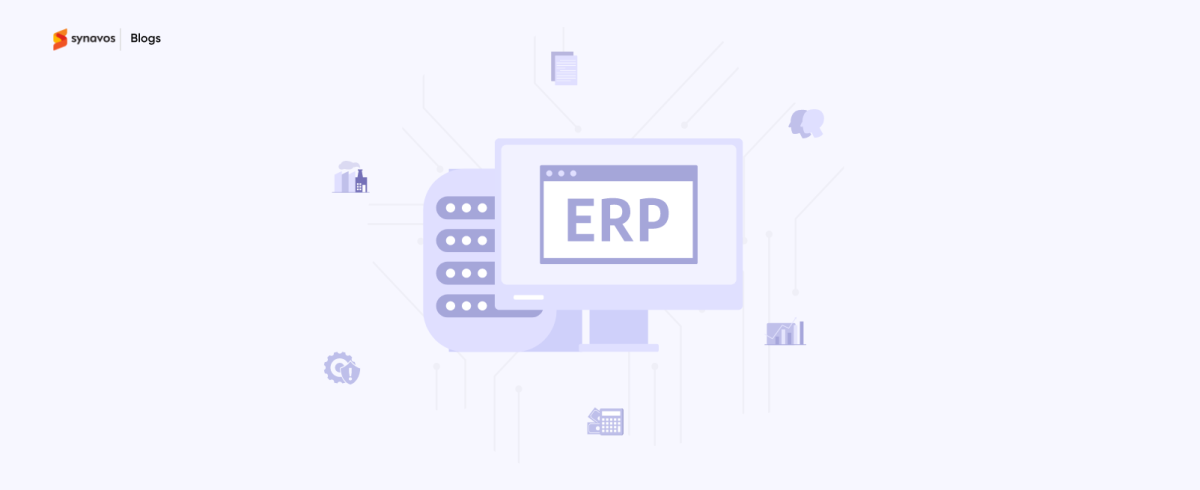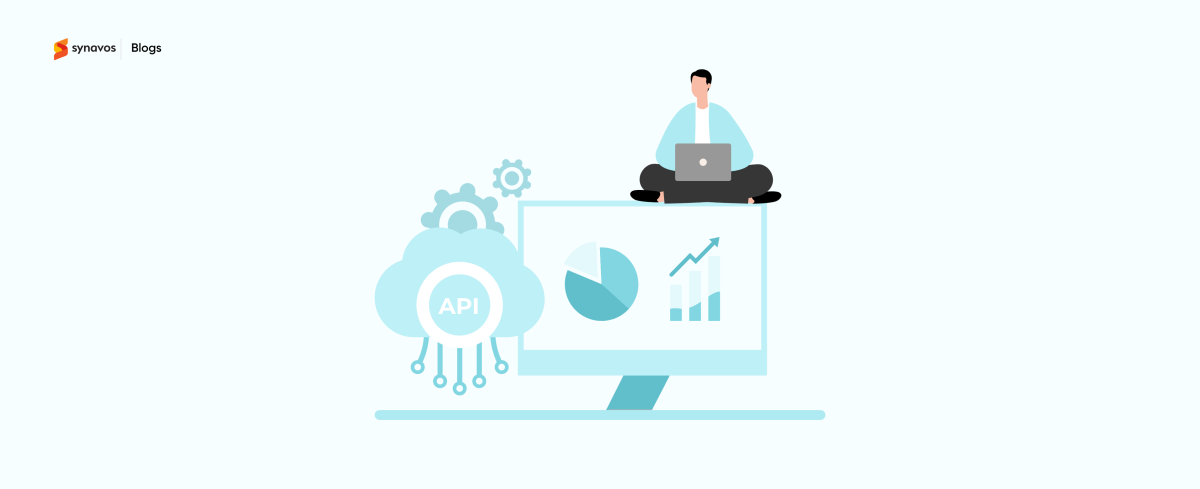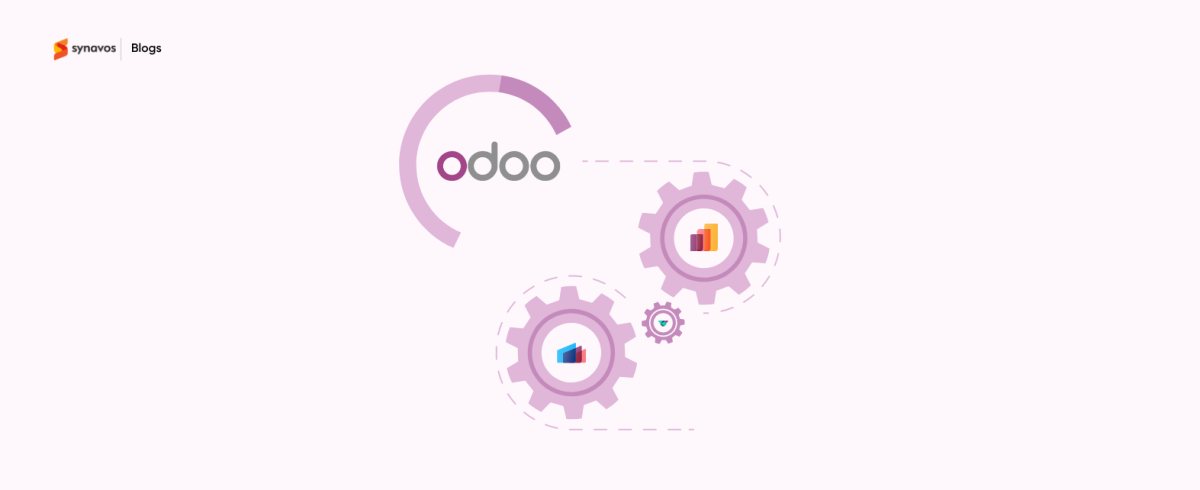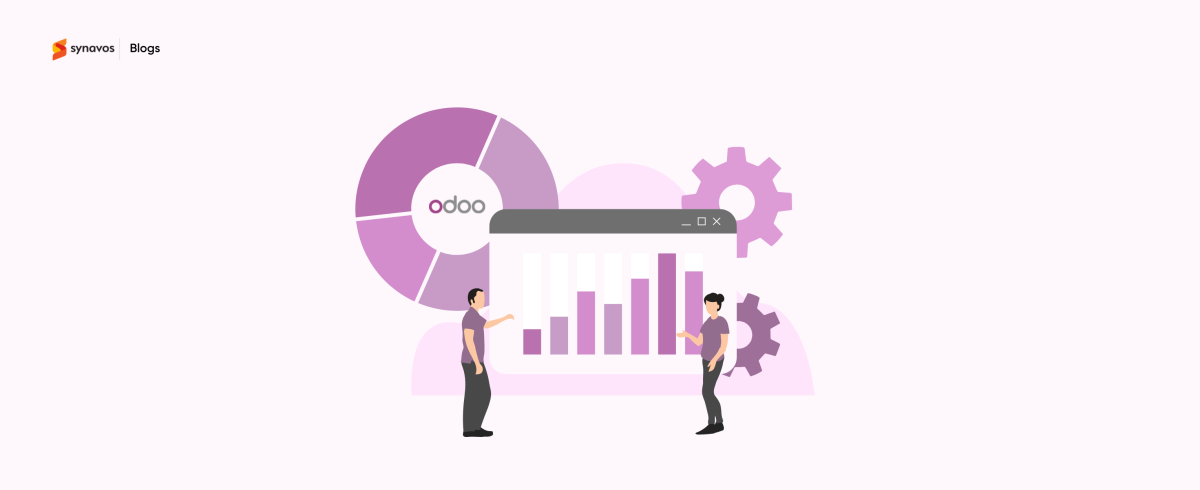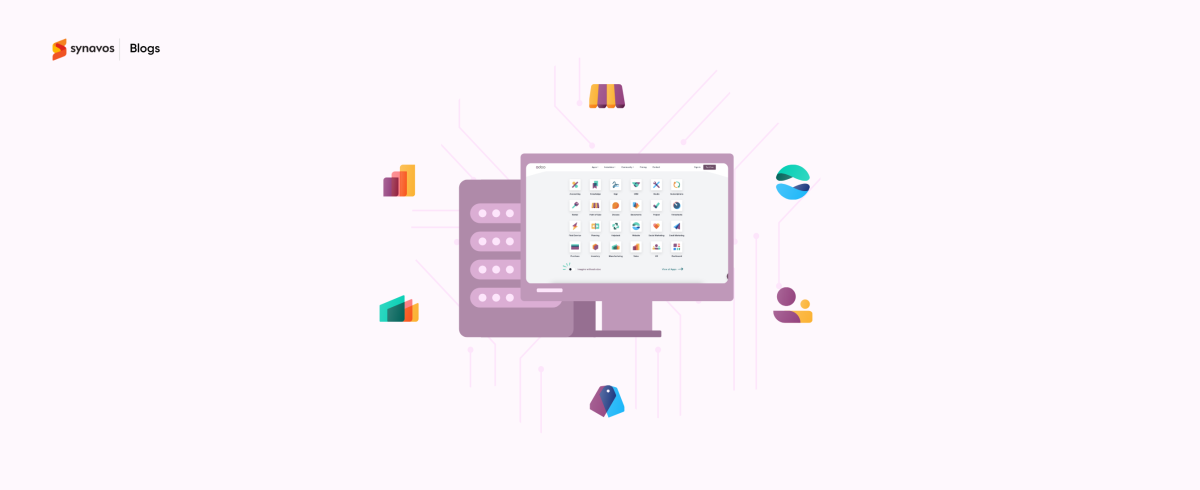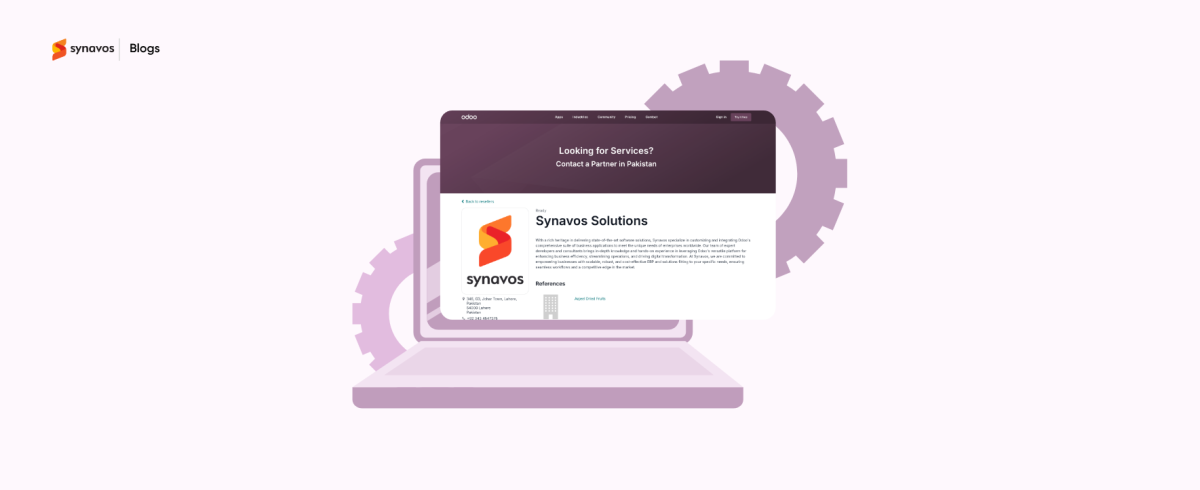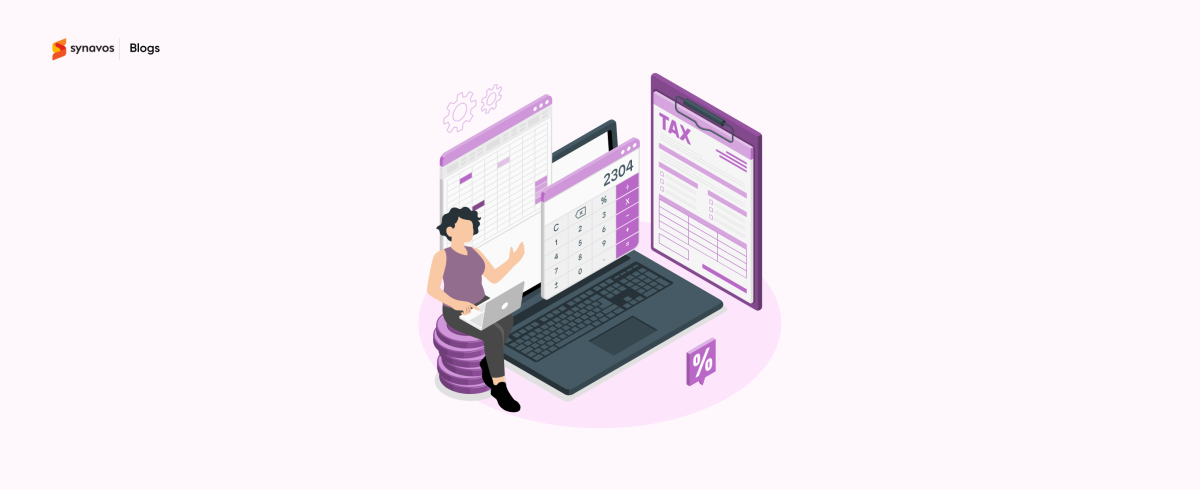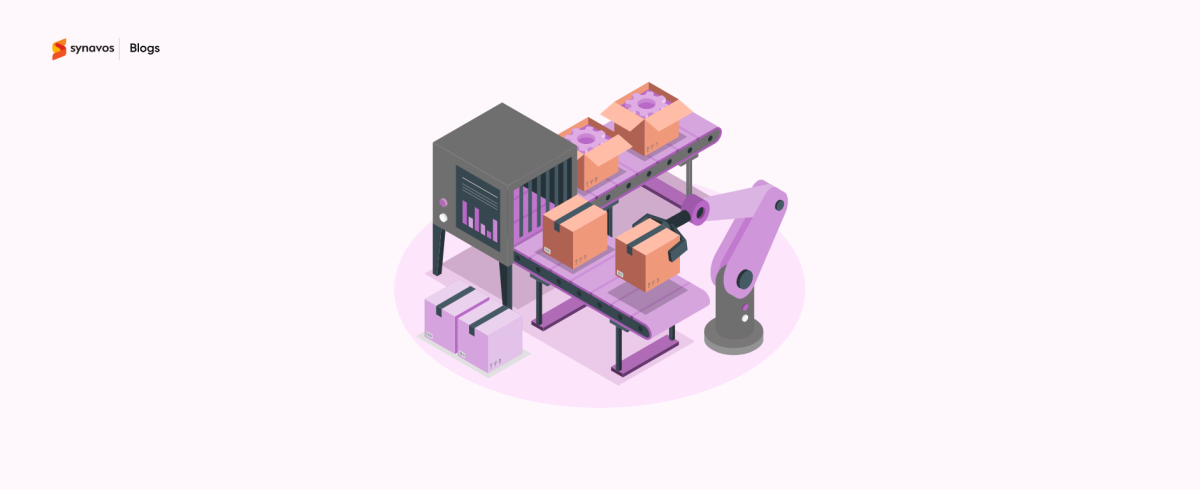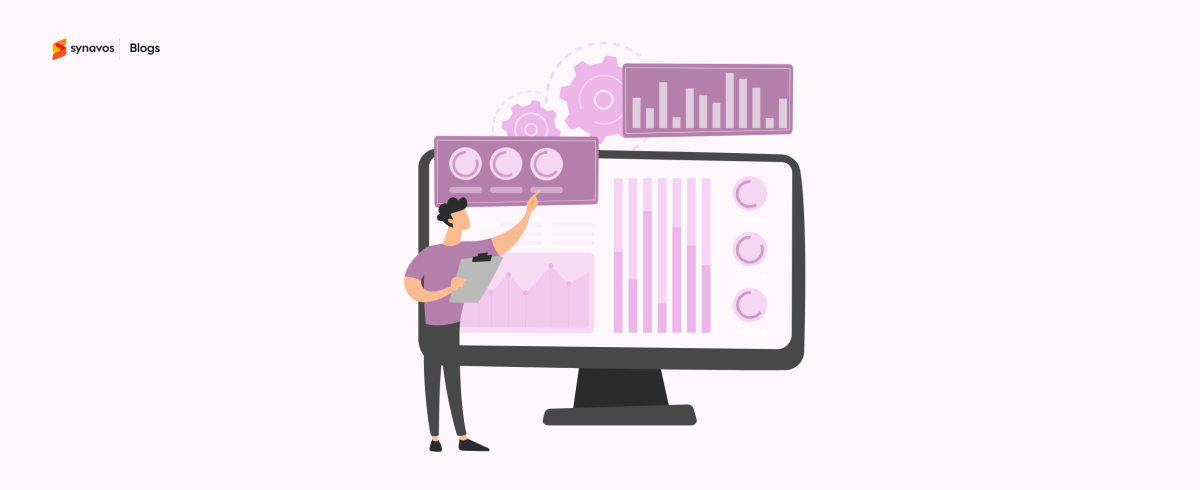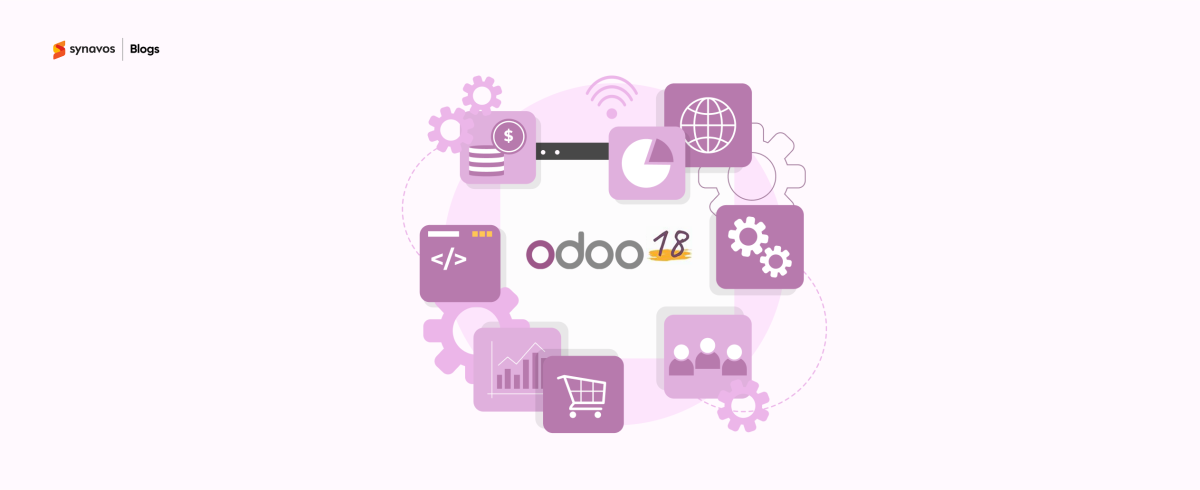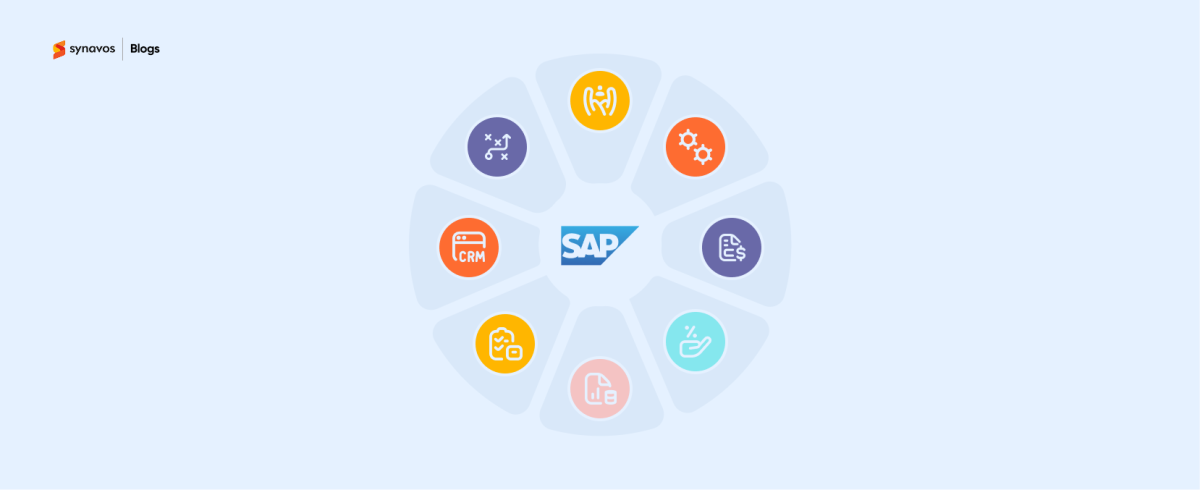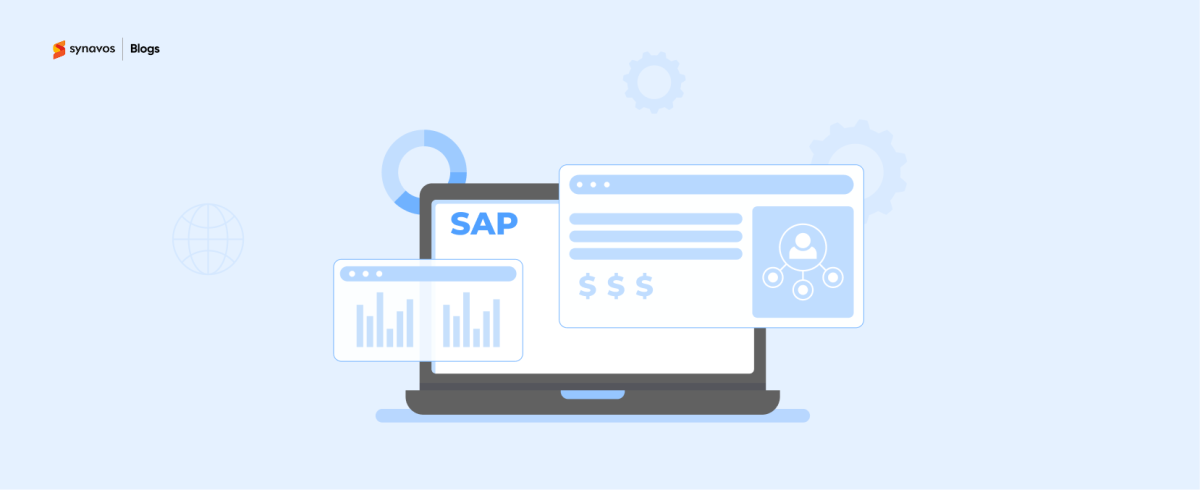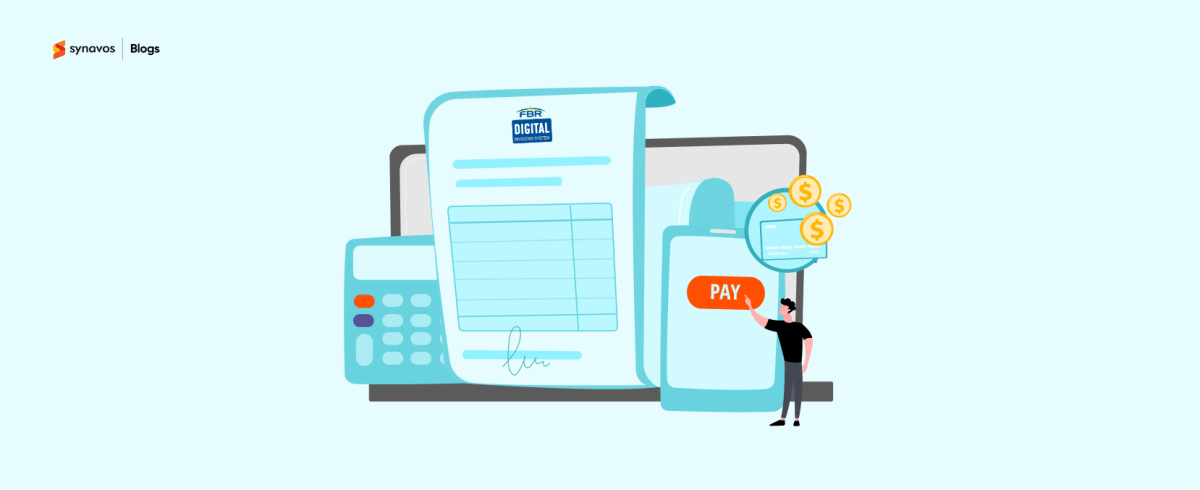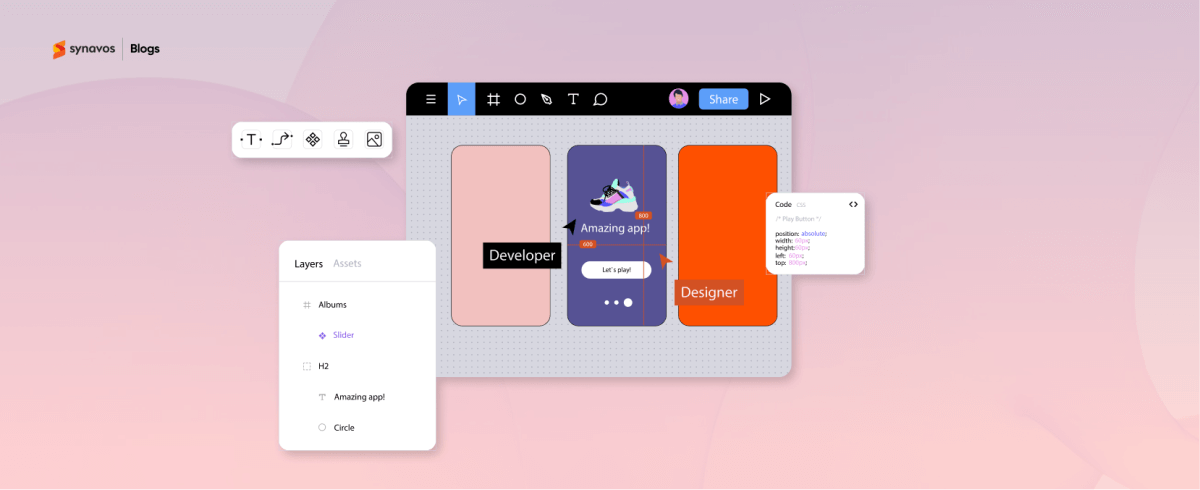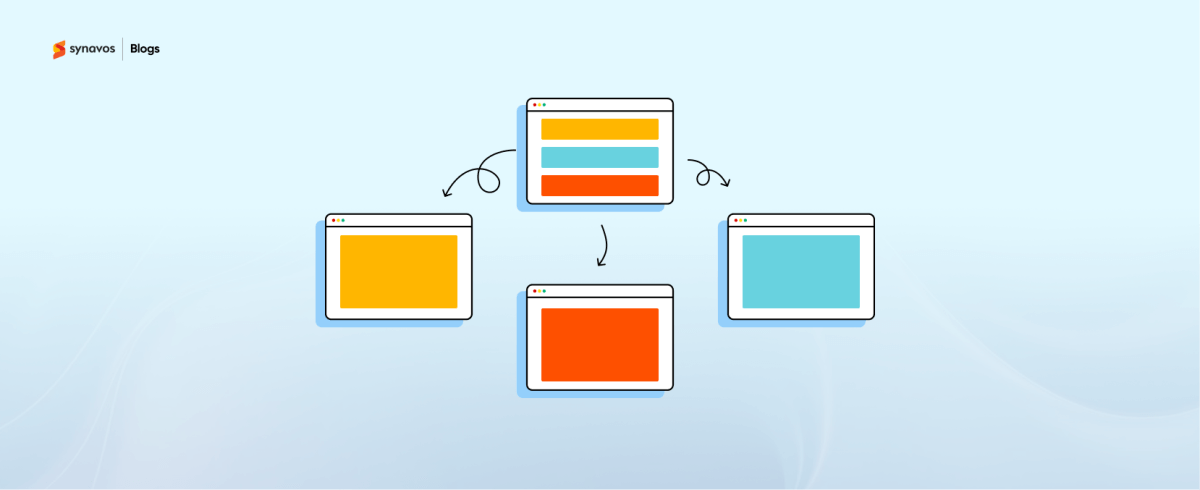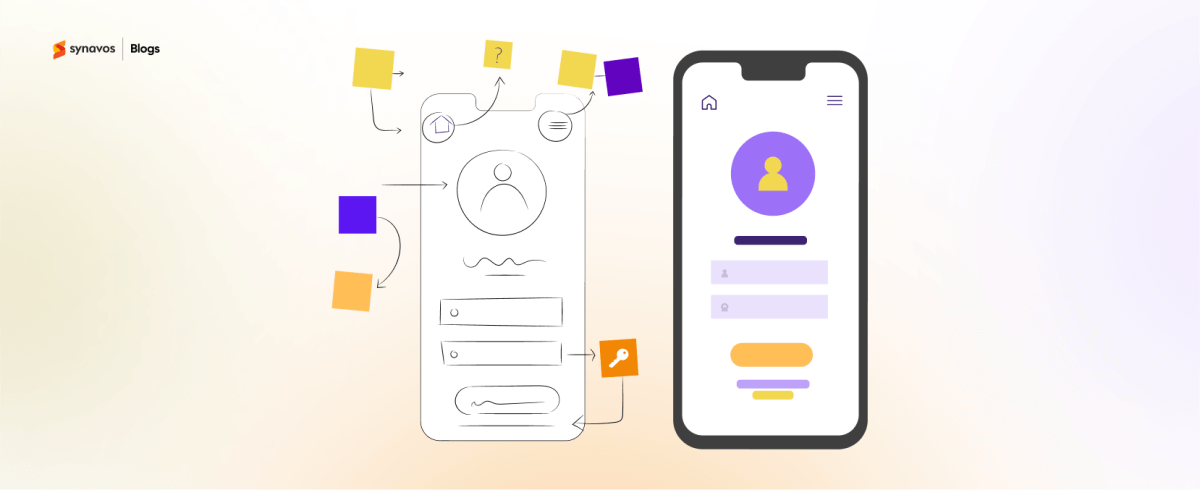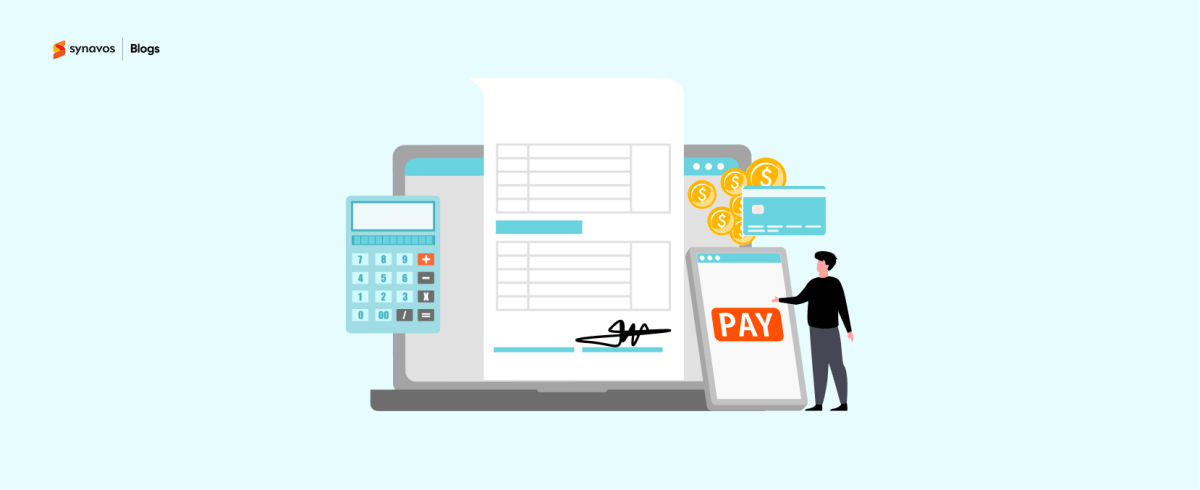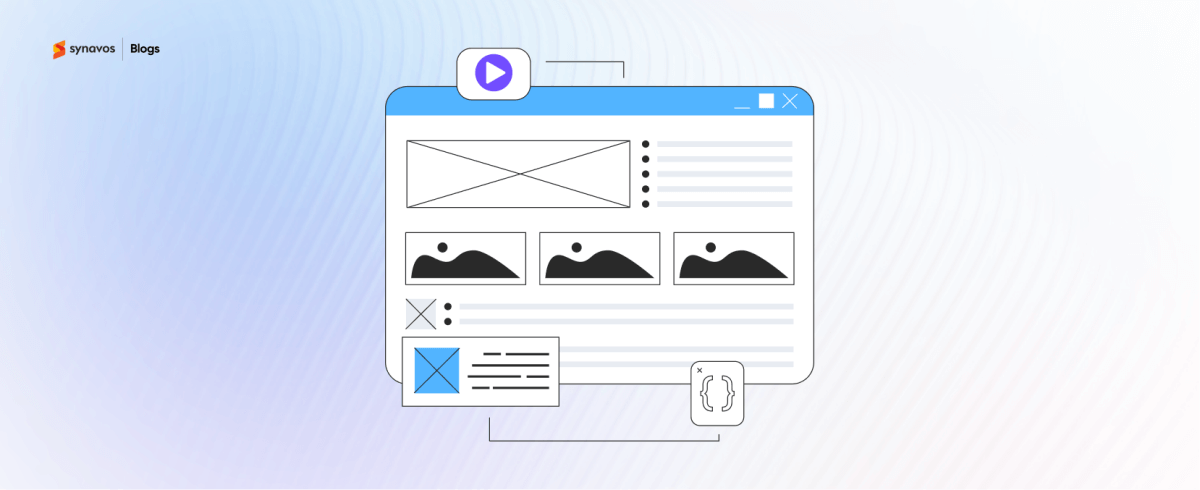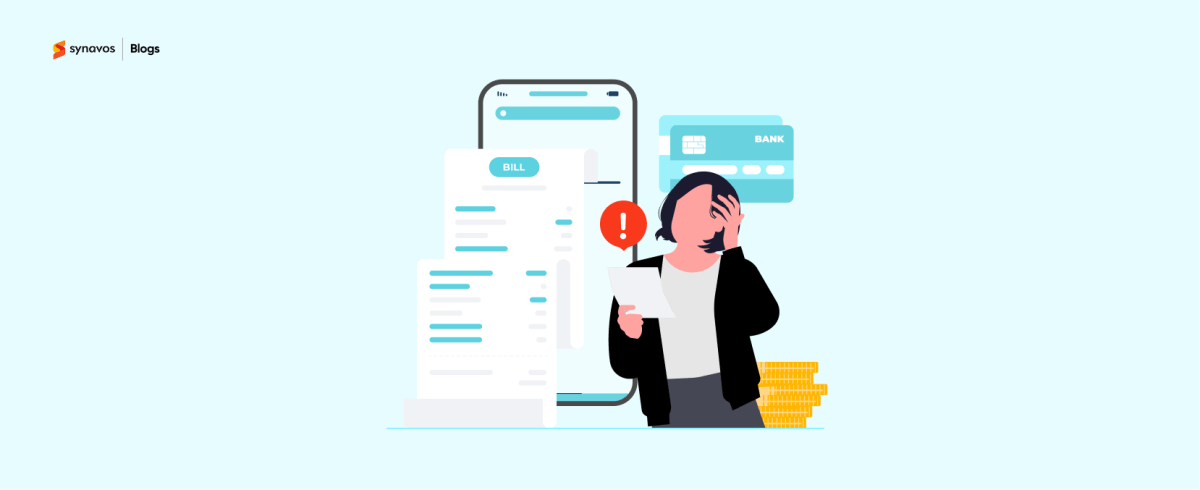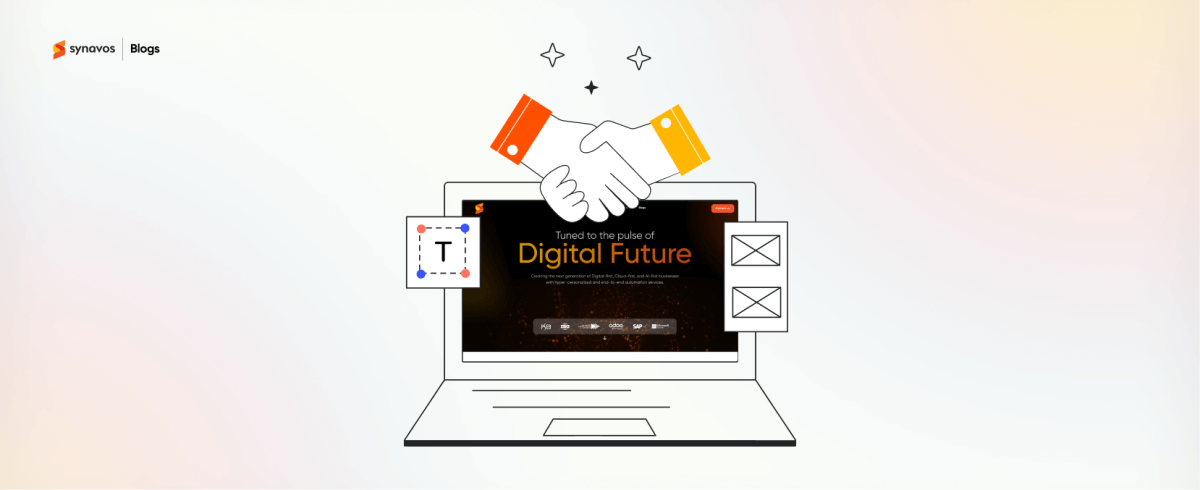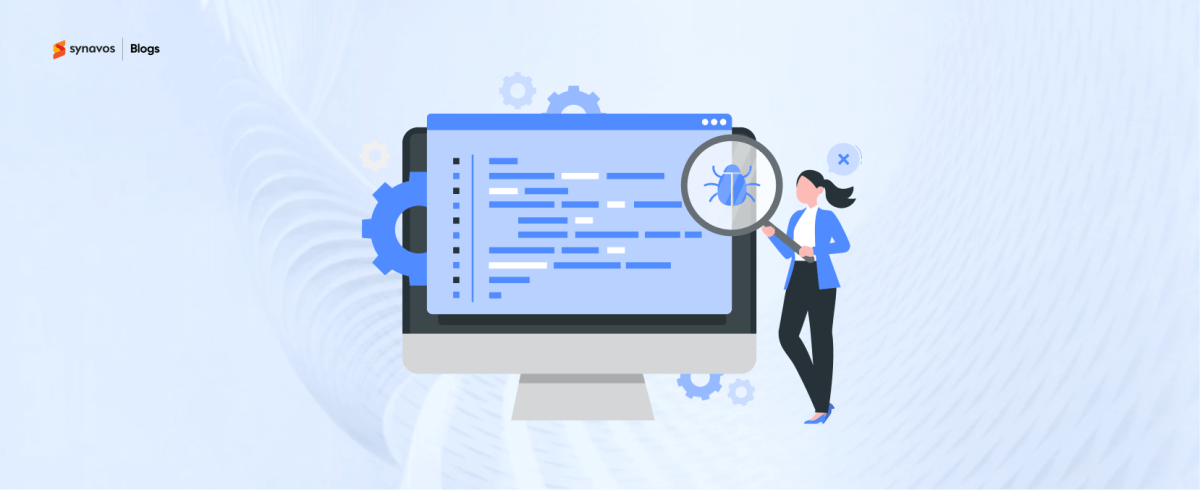Code quality defines how far your software can go. To keep it secure, efficient, and reliable, two practices play a major role: code audit and QA testing. Though both aim to improve the overall quality of a product, they work in very different ways.
A code audit dives deep into the source code to uncover hidden issues that could affect security or performance, while QA testing focuses on how the software behaves when used. Knowing the difference between the two helps teams plan smarter, reduce risks, and deliver stronger software every time.
In this blog, we’ll explore how these two processes differ, when to use each, and why both are essential for building high-performing applications.
What is a Code Audit?
A code audit is a detailed inspection of a software's source code to evaluate its security, quality, and performance. It helps uncover hidden bugs, vulnerabilities, and structural weaknesses that might not show up during regular testing.
During a software audit, experienced developers or external experts go through the codebase line by line to assess how well it follows coding standards, security best practices, and performance guidelines. The goal is to ensure the software is stable, scalable, and compliant with modern development requirements.
Unlike QA testing, which checks how software behaves, a code audit focuses on how it’s written. It identifies technical debt, outdated libraries, inefficient logic, and potential risks that could harm reliability or user trust.
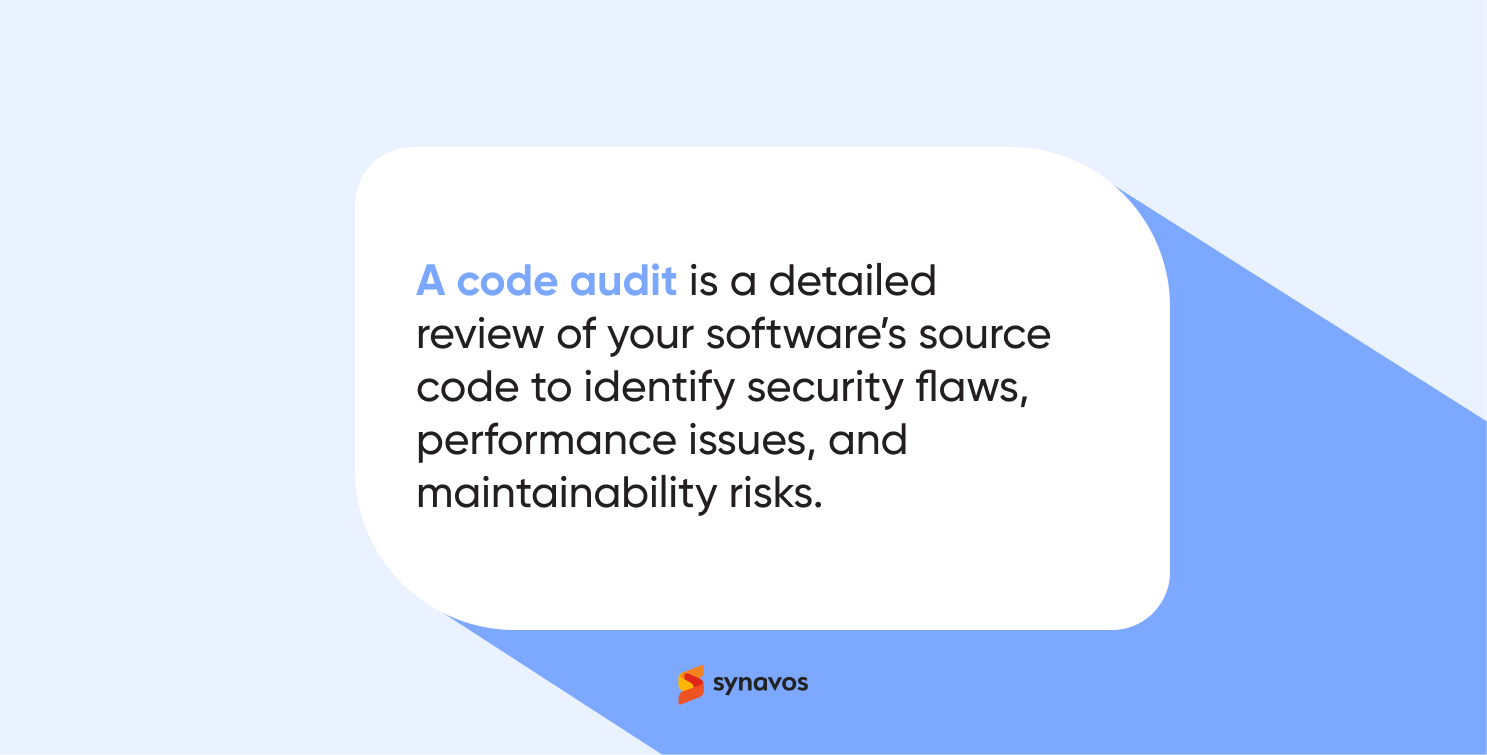
By performing regular code audits, businesses can strengthen code security, improve maintainability, and avoid costly issues before they escalate. It’s a proactive step toward building software that performs smoothly and stands the test of time.
You can read more about how a code audit is performed and why it matters in our blog: Code Audit Explained: Key Benefits, Process, and Best Practices.
What is QA Testing?
QA testing, or Quality Assurance testing, is the process of checking a software product to make sure it works as intended. It focuses on how the software behaves and helps identify bugs, usability issues, and performance problems that could affect the user experience.
Unlike a code audit, which examines the internal structure of the code, QA testing looks at the software from the user’s perspective. Testers go through different scenarios, try out features, and ensure the application works smoothly across various devices and environments.
There are different types of QA testing, such as functional testing, performance testing, security testing, and user acceptance testing. Each type plays a role in making sure the product not only works but also meets the expectations of the business and the end users.
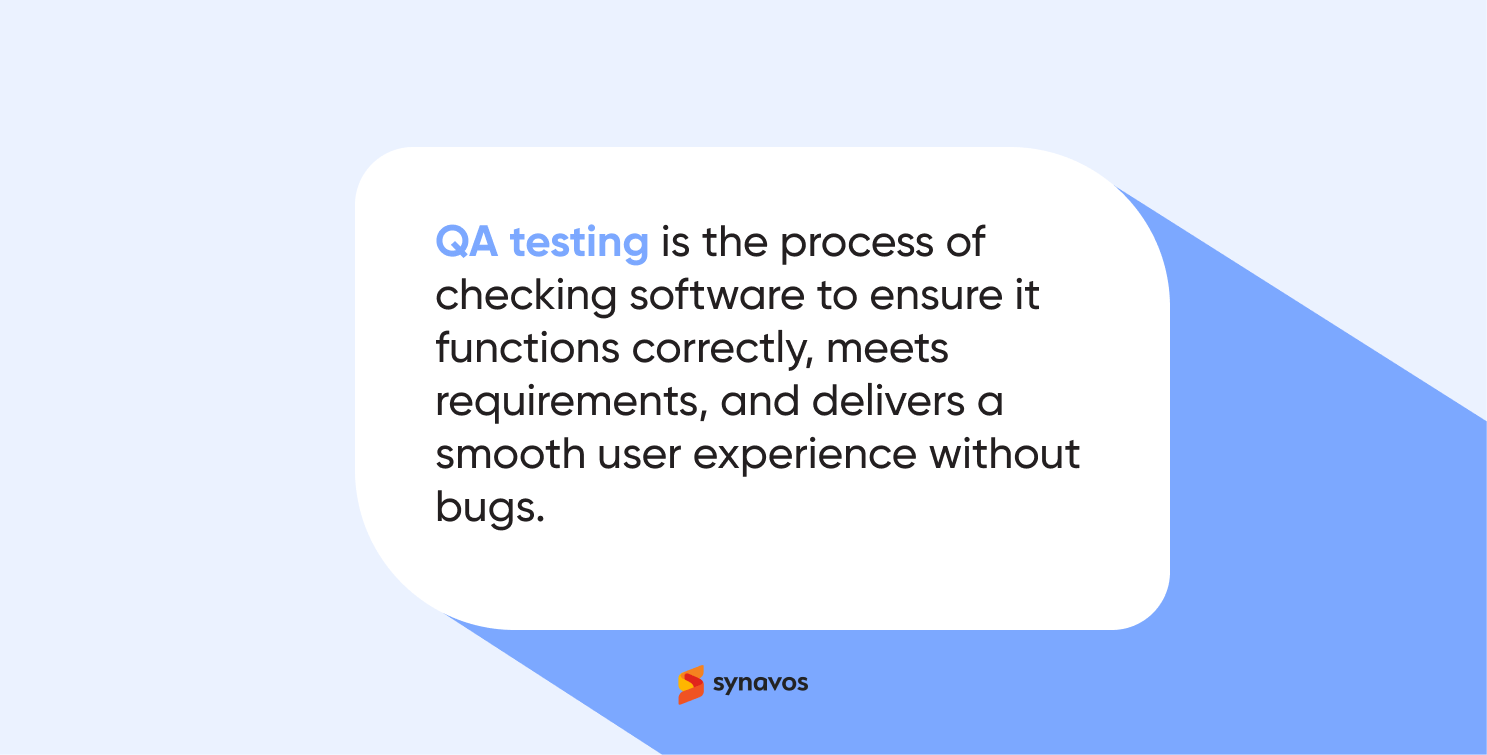
In simple terms, QA testing ensures that the software works correctly, while code audits make sure it is built correctly. Both are essential for maintaining high-quality, reliable, and secure software.
Key Differences Between Code Audits and QA Testing
While both code audits and QA testing aim to improve software quality, they focus on very different aspects of development. Understanding their differences ensures development teams get the most value from each process.
Purpose
The main goal of a code audit is to examine the source code for vulnerabilities, technical debt, and structural weaknesses. It provides a deep assessment of how the software is built. QA testing, on the other hand, is about verifying that the software behaves correctly and meets user expectations. While a code audit focuses on long-term stability, QA testing ensures the product works as intended in real-world scenarios.
Focus Areas
Code audits prioritize security, maintainability, and adherence to coding standards. They look for inefficiencies, redundant logic, and potential risks that could affect future updates. QA testing emphasizes functionality, performance, and user experience. It identifies bugs, usability issues, and performance gaps that could impact the day-to-day operation of the software.
Timing
Code audits are typically performed at key moments, such as before major releases, during compliance reviews, or when assessing legacy code. They provide a snapshot of code quality at a particular stage. QA testing happens continuously throughout development and especially before deployment. Regular testing ensures that new features and updates do not break existing functionality.
Who Performs It
Code audits are generally conducted by external code audit experts or senior developers who bring an unbiased perspective. Their experience allows them to spot hidden issues that internal teams might overlook. QA testing is carried out by QA engineers and testers who understand user behavior and simulate real-world scenarios. Their focus is on detecting functional and experiential problems before users encounter them.
Tools Used
Code audits rely on static analysis tools, code review checklists, and manual inspection techniques. These tools help identify security flaws, code duplication, and maintainability issues. QA testing uses automated testing frameworks, test cases, and bug tracking systems. These tools simulate user actions and check for errors, performance bottlenecks, and inconsistencies in the application.
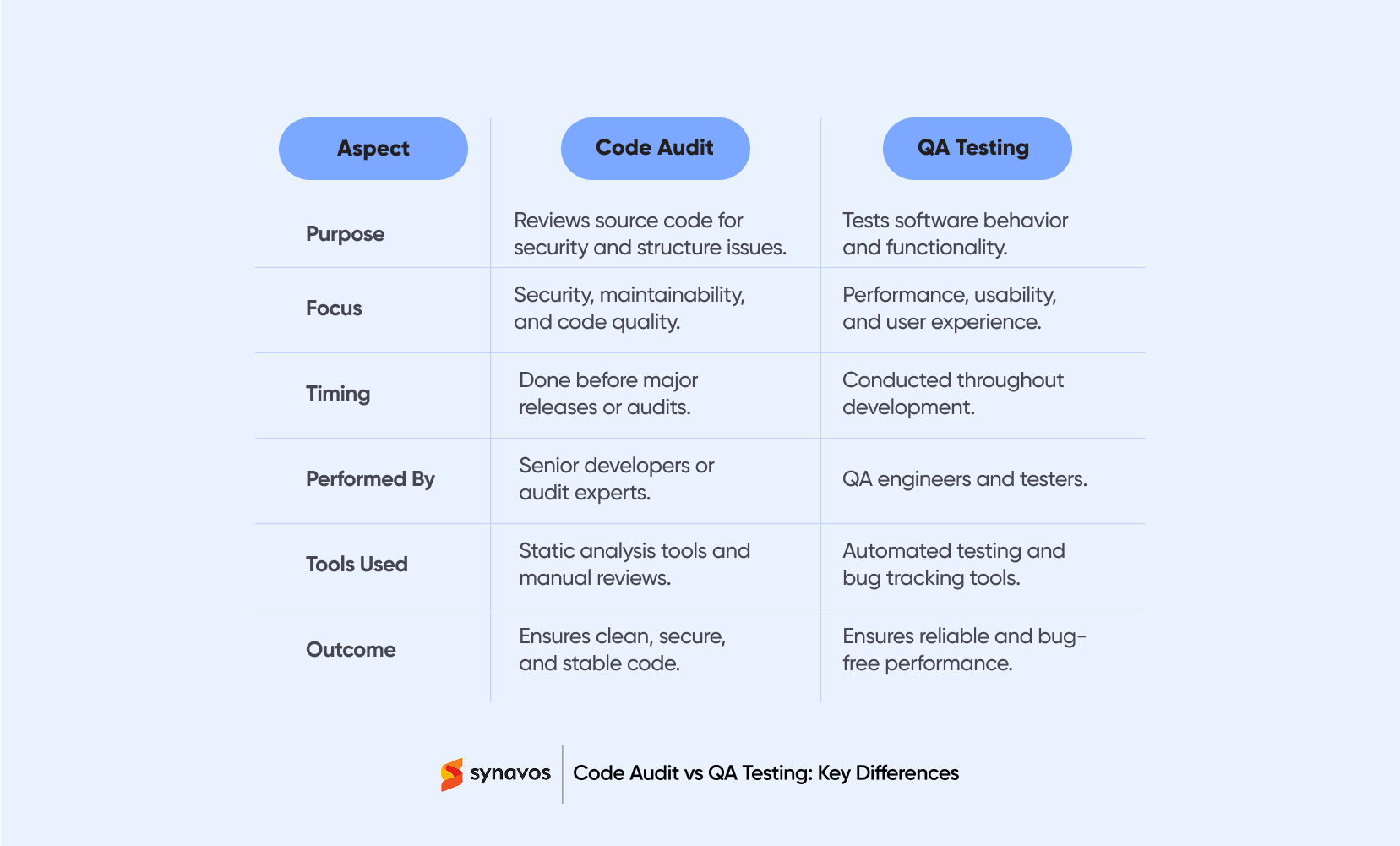
When Should You Conduct a Code Audit?
A code audit is most effective at critical stages of the software development lifecycle. This includes before major releases, during compliance checks, when taking over a legacy codebase, or after implementing significant changes. The goal is to uncover hidden vulnerabilities, technical debt, and architectural flaws that could cause long-term issues. Conducting a code audit at these key moments ensures the software remains secure, maintainable, and aligned with best practices.
When Should You Conduct QA Testing?
QA testing is a continuous process throughout development, designed to ensure the software functions as expected. It is especially important before releasing a product or after introducing new features. QA testing identifies functional bugs, performance bottlenecks, and usability issues early on, helping teams deliver a smooth and reliable experience for end users. Regular QA testing prevents costly mistakes and ensures the software works correctly in real-world scenarios.
Benefits of Combining Code Audits and QA Testing
Using code audits and QA testing together provides a comprehensive approach to software quality. While each process addresses different areas, combining them ensures software is secure, reliable, and efficient.
Enhanced Security and Reliability
Code audits identify hidden vulnerabilities and technical debt, while QA testing catches functional bugs and performance issues. Together, they ensure the software is secure from potential attacks and reliable under real-world usage conditions.
Improved Code Quality and Maintainability
A code audit evaluates the structure, readability, and maintainability of the code. QA testing ensures features work as intended. Combining the two helps teams maintain a clean, efficient codebase that is easier to update and scale in the future.
Faster Issue Detection and Resolution
QA testing detects problems as features are developed, and code audits catch deeper structural or security issues. Using both reduces the time spent fixing defects later, prevents cascading problems, and keeps development on schedule.
Better Compliance and Risk Management
Code audits check for adherence to coding standards, security protocols, and regulatory requirements. QA testing confirms the software functions correctly under these constraints. Together, they help mitigate risks and maintain compliance across industries.
Final Thoughts
Code audits and QA testing each play a crucial role in delivering high-quality software. While audits focus on uncovering hidden vulnerabilities and improving code structure, QA testing ensures the software works as expected for end users. Using both strategically allows development teams to build software that is secure, reliable, and easy to maintain.
Deliver Trusted Applications with Synavos
Work with Synavos, world-leading code audit experts, to safeguard your applications from hidden vulnerabilities and technical debt. Our in-depth audits combined with continuous QA testing help you optimize performance, improve maintainability, and deliver reliable software users can trust.
Contact us today to take your software to the next level!


